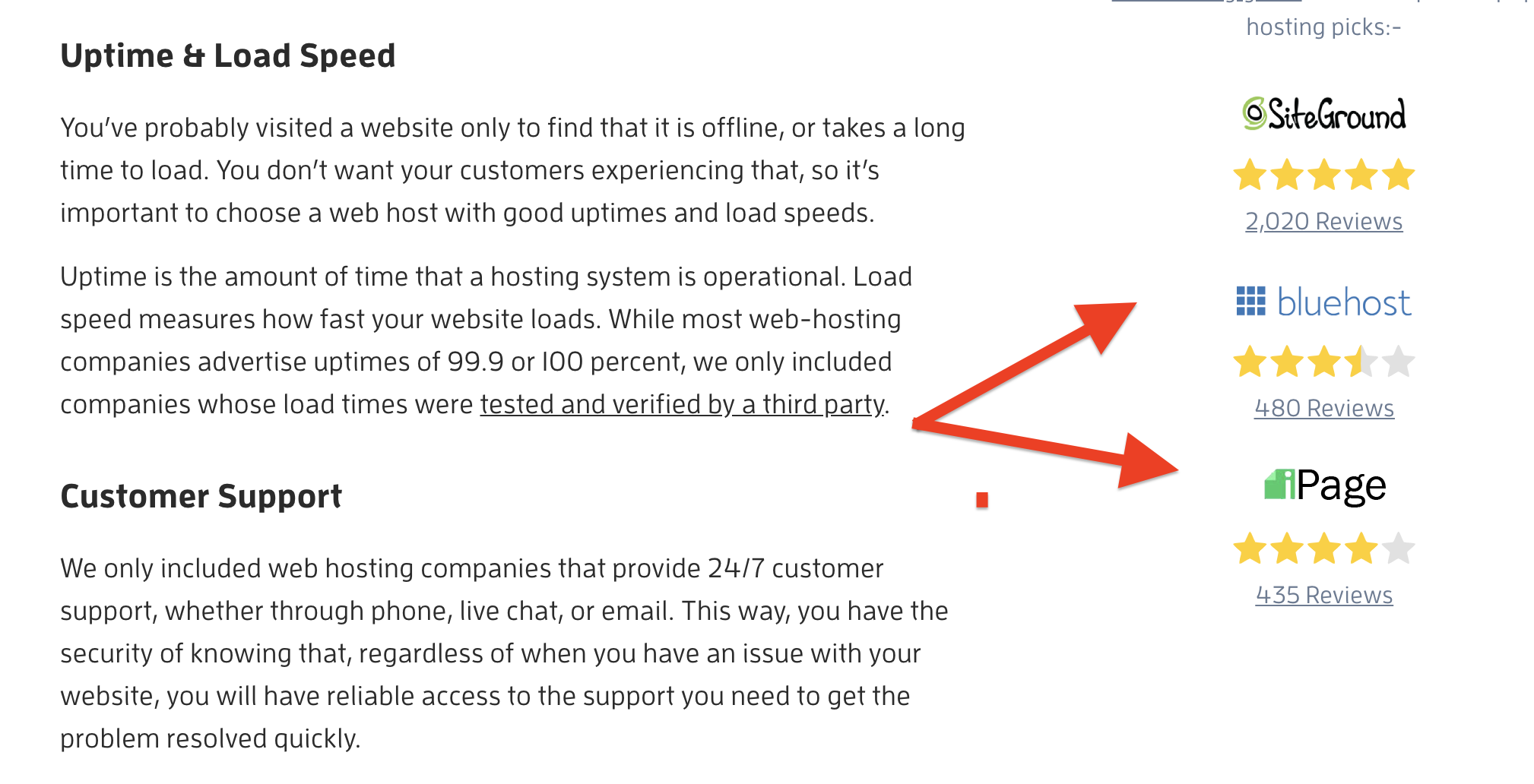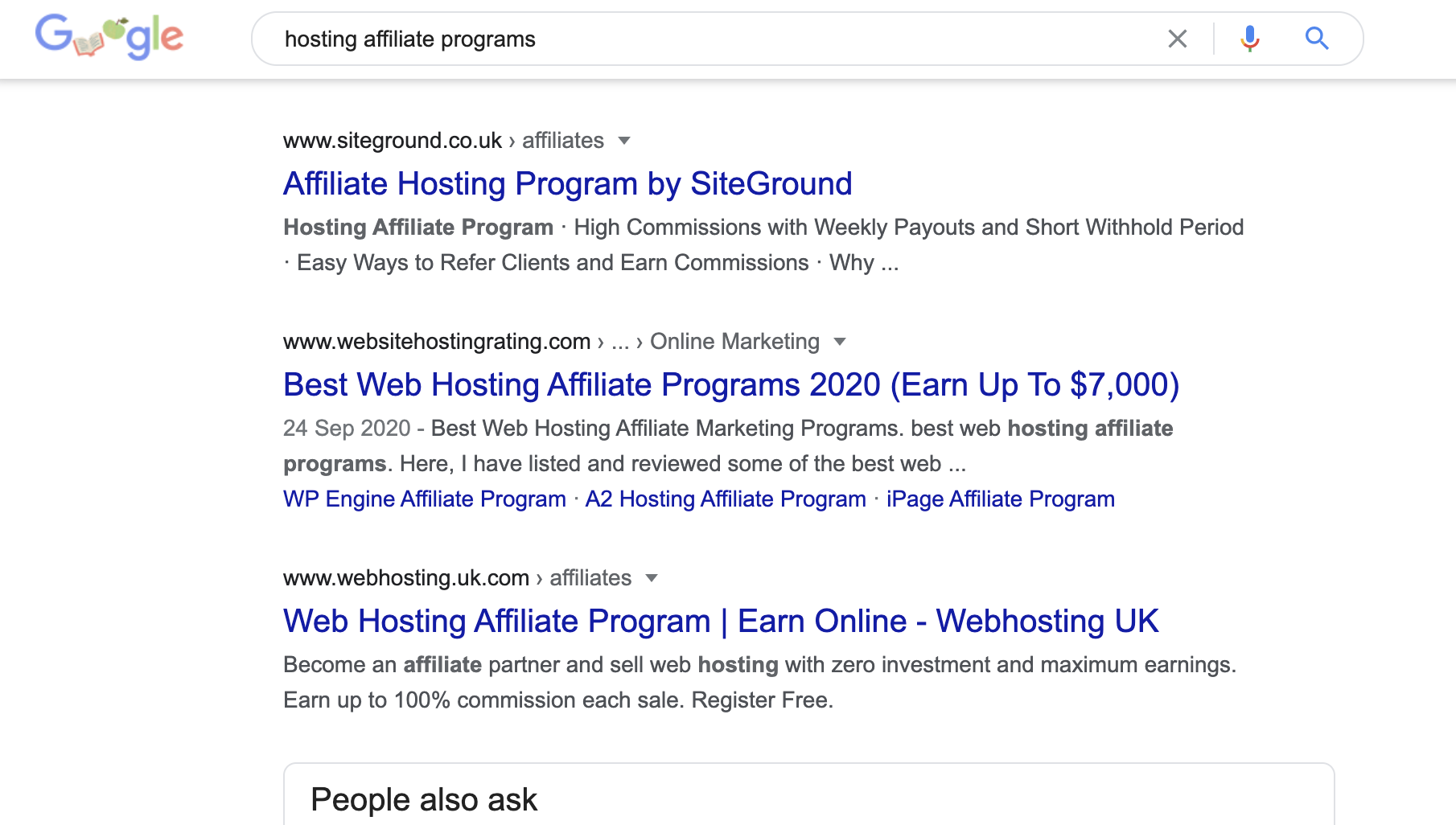If the Amazon Associates Program has a superpower it’s the ability to annoy affiliates. That’s because Amazon has changed its commission rates several times in the last few years.
But the most recent update – in April 2020 – caused more uproar than usual.
This was because Amazon hadn’t just tweaked its rates…it trashed entire categories. Some affiliate publishers watched in horror as their earnings potential dropped by up to 80%:
Ouch!
Amazon, of course, will make more money than ever by trimming its commission rates. So they don’t really care.
The thing is though that a lot of affiliates are now tired of the ongoing Amazon suckage and want out.
But how exactly do you go about ditching Amazon for good?
Look Before You Leap
If you were to take certain affiliate marketers at their word (usually a bad idea) you’d delete all your Amazon affiliate links today.
In fact, some of them have claimed to have done just that. Because it’s just a simple matter of going to another affiliate network and signing up for some programs there, right?
Wrong.
Firstly, you’ll have to sign up for several different affiliate programs to replace the Amazon products you already promote.
Secondly, you’ll lose all your existing income if you just dump Amazon and throw a Hail Mary.
And finally – and pay attention here – there is absolutely no guarantee that changing your links over to a different affiliate offer will result in an equivalent level of income.
So you need to be careful here.
Evaluating alternatives
There are a few things that can help put you on the right track though.
Like only promoting programs with proven metrics, like their ‘Network Earnings’ score on Commission Junction:
Or even just their EPC.
And yes, I know EPCs can be manipulated, but it’s better than using your best guess or maybe some Tarot cards.
But those metrics still offer no guarantee that the offers will convert for you. You will have to test them to figure out what works. And you’ll probably have to do that multiple times across multiple programs.
Which is why – despite their sucky commission rates – many affiliates have decided to stay with Amazon.
Because 3% of something is better than 10% of nothing.
So….it’s all bad news then?
Not even close.
There are plenty of successful affiliate sites that don’t use the Amazon Associates program. The truth is you can make serious amounts of money if things work out for you. Part of that is knowing what affiliate programs to promote – something we already touched on.
But the bigger part is the willingness to do the hard work. To test different offers and programs To do what other affiliate marketers won’t because they’ve become accustomed to “easy” money.
Display Ads
Another option is to shift your focus to display ad networks such as Ezoic, Mediavine, or AdThrive.
The reason more affiliates don’t monetize more heavily with these networks is because of an urban myth.
What myth is this?
That display ad networks simply do not generate as much revenue for sites as Amazon’s affiliate program does.
This is way off the mark.
Experienced affiliates typically earn RPMS in the range of $40 with Amazon – sometimes a lot more, sometimes a lot less:
But display ad networks consistently produce $30 RPMs these days.
So while there are horror stories of affiliates only earning a $2 RPM, I can assure you there are lots of affiliates making life-changing money with ad networks.
The other thing is that the RPMs with display ad networks are growing each year.
This means that they not only provide you with a very real alternative to Amazon…but might actually eclipse Amazon in the not-too-distant future.
You also get to avoid all the crap around shifting commission rates, worrying about what the future might bring, etc.
Imagine being able to focus almost 100% of your effort on generating traffic? If that sounds like something you’d be interested in, here are the three big players in the display ad network space:
These networks require a minimum of 10k, 25k, and 100k unique visitors per month, respectively.
The beauty of display ad networks is that it’s a fire-and-forget solution – you implement their code snippet on your site and that’s it.
No managing links. No chasing affiliate managers for payment.
Monetizing your site in this way is as close as you’ll ever get to truly passive income with an affiliate marketing business.
So, all things being equal, transitioning away from Amazon can put way more money in your pocket each month.
Just be aware that you’re not guaranteed streets paved with gold. There’s still risk involved.
How to find profitable affiliate programs
So let’s look at some ways to find affiliate programs in your niche.
Methods that don’t involve guesswork or “feelings”.
Methods that I use myself.
Analyze your competitors
I’m a big fan of using search intent when doing keyword research.
Because Google is flat out telling you exactly what type of content and keywords it’s happy to rank #1.
So whenever I want to rank for a keyword I always check out my competitors first.
That saves me potentially wasting months of my time and thousands of dollars.
That’s why I use the same logic when looking for the best affiliate programs to promote.
You can be 100% certain that the only reason a competitor promotes a given program is that it makes them money.
Here’s an example of what I mean:
Source: Whoishostingthis.com
Guess which affiliate offers make them the most money??
And here’s another example from ThisIsWhyImBroke.com:
In this example, you can see they’re promoting a program run by the Awin affiliate network.
Basically, your competitors have done some, if not all, of the research for you.
Use a Google search
You can also simply run a Google search for affiliate programs in your niche.
Here’s the example of hosting affiliate programs”:
And as you can see some of the brands listed above are the same ones being pushed by sites like WhoIsHostingThis.com.
That’s not a coincidence.
Search by commercial intent
Another approach is to search for commercial (e.g. “best x for y”) keywords in your niche. These are typically the keywords targeted by other affiliate marketers. So you can use their content to reverse engineer your program selection process.
Let’s use the example of “best web hosting for small businesses” to find some of these sites:
There are some big names here like PCMag, and Inc.com, but not a lot of smaller sites.
But they’re all promoting the same affiliate programs.
That’s because bigger brand names have realized how lucrative affiliate marketing can be, so they’re rushing to dominate certain spaces within it.
And again, whatever programs they promote are the ones making them stacks of cash.
Using backlink data
Sometimes the affiliate programs they promote are easy to find. Other times you’ll need to dig around a little more. So if we take ThisIsWhyImBroke.com and run it through ‘Site Explorer’ in Ahrefs:
Then click on ‘Linked Domain’ and sort by ‘Links from Target’:
Now, if we scan through this list we’ll find how often their site links out to other domains.
This gives you very strong hints about what affiliate networks and programs they actively promote:
Once again, you’re removing the guesswork from the process.
Making the change
There’s a fair amount of critical sense involved in the process of actually removing or changing links. What I mean by this is that you really do need to look at the bigger picture. And that means not dumping all your Amazon links overnight.
That’s far too drastic a move for any sensible affiliate marketer to make.
Make small changes
A smarter way to deal with your commission-based rage is to find a handful of new affiliate programs in your niche and test them alongside your existing Amazon offers.
Does the new offer convert at all?
Maybe it’s blowing the Amazon links clear out of the water. Or maybe it’s DOA.
Either way, you get to test how well the new affiliate program performs in a live environment without destroying your existing income.
Test money pages
There’s also very little point in testing a brand new affiliate program on a page that doesn’t currently earn you any money.
But you also don’t want to reduce the revenue coming in from your primary money pages.
So look a step or two down in your content silo for a page that makes okay-ish money, but where there’s obviously room for improvement. And then test your new affiliate offer(s) there.
Just make sure to add a tracking ID for every single link you add.
You’ll need as much data as possible to show which links are making the most money for that page.
How to update all your Amazon links
Firstly, don’t do that until you’re sure you have at least one offer that converts at least as well as your Amazon links do.
But if you do have an obvious winner on your hands, then using something like Thirsty Affiliates or Pretty Links is the quickest way to update all your links at once.
That’s if you’ve been adding your affiliate links using one of these tools.
But if not you could use a redirect tool like WP Redirection, or the redirect function within whatever SEO plugin you use.
The RankMath SEO plugin has this functionality, for example.
Creating product tables
One of the best – and most popular – ways to promote products is via comparison tables. AAWP was the tool of choice for Amazon affiliates. And it works really well.
But it’s designed specifically for use with Amazon products, so you can’t use it with other affiliate programs.
So, what are your options now?
One way around this is to use a page builder like Elementor to create an element/block that contains a comparison table.
You can then add it to pages or posts with a few clicks of your mouse.
You don’t use a page builder?
In that case, you can use something like TablePress if you have zero budget. Once you have a basic table designed in this plugin you can then use a shortcode to add it to a page or post.
If you want something that’s a little bit more drag-and-drop then Ninja Tables is another option. But you’ll have to pay $49/per site for the privilege of using it.
How to push your new offers
Amazon is ludicrously restrictive when it comes to how you can promote products. Like not allowing you to place affiliate links in pop-ups, email, iFrames, RSS feeds, or even eBooks published by you.
They will ban you in a heartbeat if you get caught. But 99% of non-Amazon affiliate programs have no such restrictions.
Usually, the worst you’ll have to deal with is not bidding on their branded keywords with PPC marketing.
So you can really take the gloves off when promoting non-Amazon affiliate programs. That means you’re free to use things like exit pop-ups with a countdown timer – that tiny bit of scarcity can drive a lot of traffic to a landing page.
The visitor also gets a 30-day cookie in the process, so you have 30x more time for your traffic to convert into a sale.
And that’s without factoring in any retargeting efforts made by the advertiser.
The same applies to sticky bars or pretty much any other promotional methods you want to use.
Summing it up
Amazon has a huge amount of power in the affiliate marketing world. They’re also one of the easiest affiliate programs to work with in terms of tools. And you’ll always get paid on time.
But that doesn’t mean you have to stick with them.
Especially if you’re tired of the constant updates and plummeting commission rates.
You actually have lots of options available to you, like alternative affiliate programs with 5x the commission rate. Or display ad networks with $35 RPMs.
Just take your time testing and tweaking offers or networks to find what works best for you and your audience.
Ditching Amazon forever should be treated as a marathon and not a 100-meter sprint!














